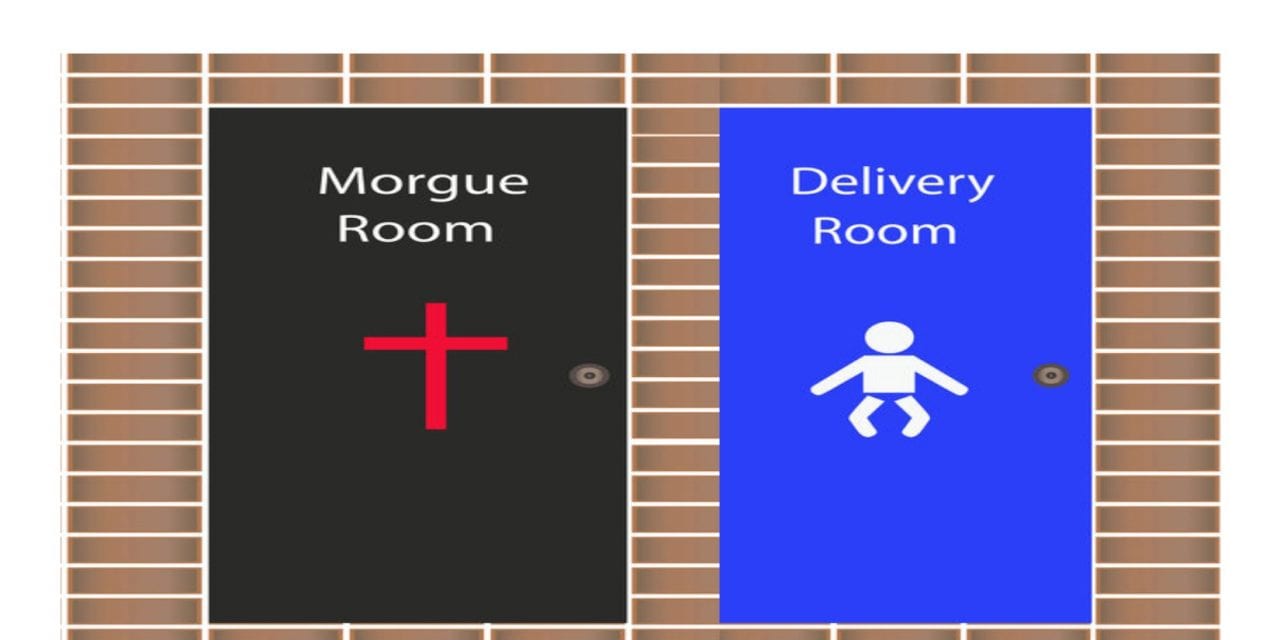What’s so bad about auto response? Nothing . . . if the year was 1999.
By Susan Saldibar
Wait a minute. What’s so bad about auto response? It is a time saver that fills that dead zone between a request for more information and actually getting the information to the prospect. Isn’t that a good thing?
That depends. Yes, if it’s 1999. No, if it’s 2016.
To find out what amazing technology is replacing auto response, I reached out to Jason McCloud, VP of digital marketing for Sage Age Strategies, a Senior Housing Forum partner.
“Auto response was once on the leading edge of event-triggered automated messaging,” says Jason. “It served a purpose then. Now, many providers (not just the Brookdales and Sunrises) have replaced it with personal content marketing, tied into their marketing automation platforms.”
Humans can’t match the efficiency and effectiveness of these systems.
In a nutshell, here’s what personal content solutions, integrated into marketing automation can do:
-
Reach into the deep database of intelligent data about each prospect. We now have information that shows what pages each individual visits on a website, their age, location and even data about the individual they are seeking help for.
-
Extract pertinent information to enrich the response. (For example, Mary Jones has an 88-year old mother diagnosed a year ago with Lewy Body dementia. Her mother lives with her.)
-
Respond in context with who they are, who they are seeking help for, and type of request. Instead of “Thank you for your inquiry”, a response might be, “Here is your download on dementia. Here are also a couple articles on Lewy Body dementia that you might find helpful for your mother.” The key point is that Mary may never have even mentioned that her mother had Lewy Body dementia.
-
Create a “human” response. Responses can be crafted that have an informal feel to them, depending on the age and other demographic information of the person making the inquiry. They are virtually indiscernible from an email crafted by a sales rep. (Depending on the rep, they may be better!)
-
Create a progression of touchpoints that advance the lead. Multiple ongoing emails can be sent that provide more information, always in context with interests and needs of the person who made the initial inquiry.
-
Facilitate more conversions, more quickly. Less time is spent with disconnected communication that asks for input over and over again. Sales can do what they do best, sell. Not interrogate.
Why aren’t more senior living communities using this?
A couple of years ago, Jason was presenting at a conference on senior living. He asked a room full of sales and marketing directors to raise their hands if they were using any form of marketing automation. One hand was raised. “They don’t know what they don’t know,” says Jason. “In some cases they have MailChimp or ConstantContact and think that fills the need for marketing automation. But those are only time triggers, not event triggers, nor do they provide in-depth analysis of where a potential lead is in the sales funnel. They don’t come close to the marketing intelligence that’s needed to compete today.”
It’s easier to do than you think.
First, Jason explains, you need to have a marketing automation platform like Marketo, HubSpot or AutoPilot to integrate with your content marketing system. If you’re budget crunched, he recommends AutoPilot. It’s inexpensive, yet does a lot of what the high profile brands do in sending personalized event-based email and text messages.
Then, you need to align yourself with a digital marketer who knows how to orchestrate a personal content marketing program. Here’s what a good provider will do:
-
Create all the content
-
Develop a marketing automation campaign
-
Create the schedule for email distribution
-
Integrate the content marketing with your sales automation system (i.e. Marketo, Hubspot, Autopilot, etc.)
The first 48 hours are critical.
There is a good chance you’ll lose your leads within the first 24 to 48 hours without personal content marketing to support your sales team’s one-on-one communications, according to Jason. And, odds are, you’ll lose them to one of the major competitors. “Without personal content marketing, mid-sized and smaller providers won’t have much of a chance against the major players. That’s how powerful these platforms are,” says Jason.
Now that you know all about personal content marketing, how does this sound to you? “Thank you for your interest. A representative will contact you shortly.”
I thought so.
For more information on how personal content marketing works, visit the Sage Age website by clicking the logo button below:
Click on the button below to download a PDF copy of this article:










